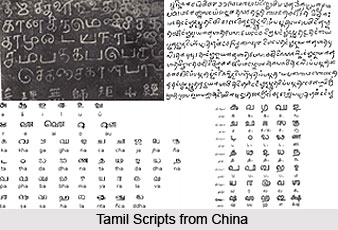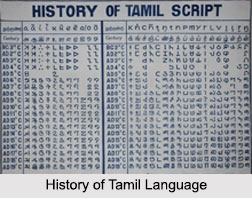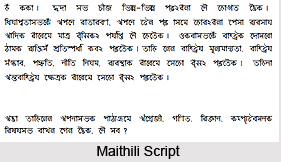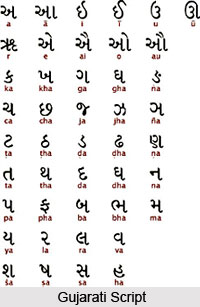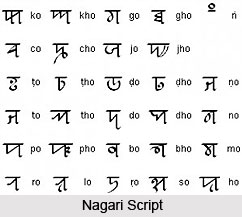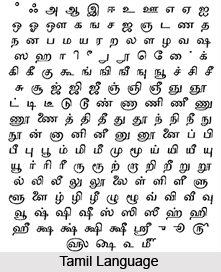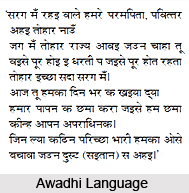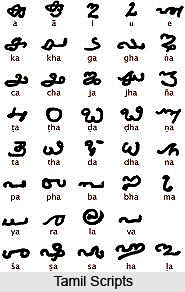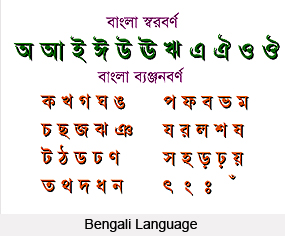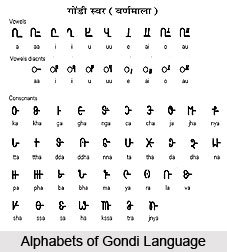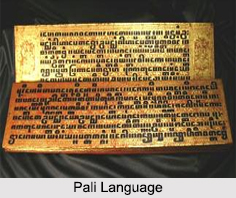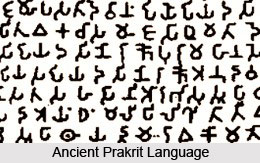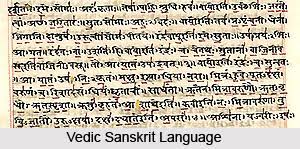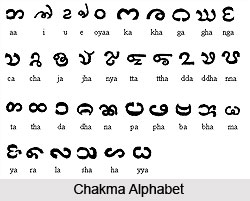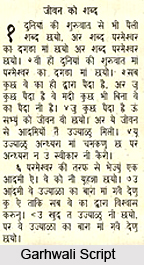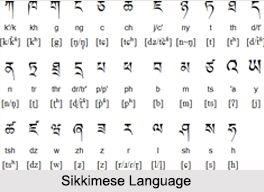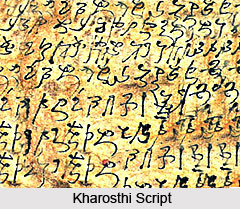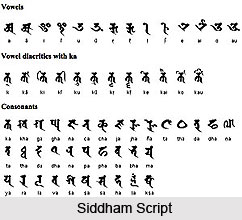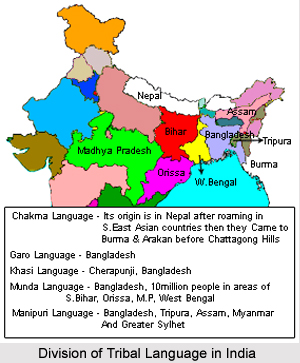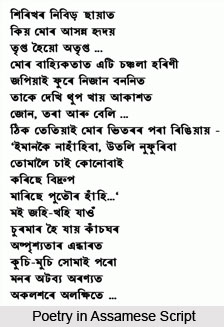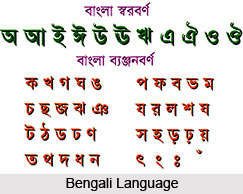 Origin of Bengali language lies in Prakrit which has also been influenced by Sanskrit language. The Bengali language comes from the Austro Asiatic family. The language had been absorbed in the Dravidian language as well as the later races that have conquered them. Dravidian and Mongolian languages have been absorbed in Bengali. There is difference between the pronunciation of western and eastern Bengal which is due to the predominating Dravidian influence in the west and that of the Mongolian influence in the east.
Origin of Bengali language lies in Prakrit which has also been influenced by Sanskrit language. The Bengali language comes from the Austro Asiatic family. The language had been absorbed in the Dravidian language as well as the later races that have conquered them. Dravidian and Mongolian languages have been absorbed in Bengali. There is difference between the pronunciation of western and eastern Bengal which is due to the predominating Dravidian influence in the west and that of the Mongolian influence in the east.
Bengali is a constituent of the Indo-European family of languages as it represents the easternmost branch of that family. Bengali language originated from the Prakrit. So it can be considered that Prakrit considered as their mother and Sanskrit as their father. The non-Aryan elements in Bengali language are due to direct and indirect non-Aryan influence.
From the eastern branch of the Aryan language originates the Magadhi Prakrit which is the parent of the modern languages Bihari, Oriya, Assamese and Bengali. Magadhi Prakrit developed in the third or the fourth century A.D. However the exact date of the origin of Bengali language cannot be affirmed. The Aryan language that was spoken in Bengal in the seventh century was most probably the Apabhramsa of Magadhi Prakrit. This language represented the transitional stage before the final emergence of Bengali language. There is a probability that finally the language emerged in the tenth century.
The Old Bengali had the influence of Sauraseni Apabhramsa on Old Bengali. Sauraseni is a western Indian language that had spread in eastern India under the influence of the Rajput kings of central India. This was the language that was used on the royal courts. It was the language of the royal courts and was cultivated by the professional bards.
There was a prevalence of Prakrit words in Old Bengali too. This is tadbhava in Indian philology that forms the bulk of the vocabulary of Bengali language. Bengali language from its birth has a large number of Sanskrit words which is known as tatsama. These were toughened by later borrowings from Sanskrit during the classical revivals between the fifteenth and the nineteenth centuries.
Dravidian Influence on Bengali Language
Bengali has a large number of desi words which are borrowed from the non-Aryan languages through Sanskrit and Magadhi Prakrit. A non-Aryan influence is also seen direct and indirectly in its phonetics, grammar and syntax. Cerebral sounds in Bengali are due to Dravidian influence. The syntax of Bengali is Dravidian. Onomatopoeic words are used in Bengali that represents a Kol-Dravidian characteristic. Dravidian influence is visible in Bengali place-names and suffixes. The East Bengali language due to Mongolian influence adds aspirated to unaspirated sounds and drop nasalization. On the contrary West Bengali language drop aspirated sounds and add nasalization to it.
Influence of foreign invaders on Bengali language
The Islamic conquest of Bengal in about 1200 A.D. introduced many Persian, Arabic, and Turkish words especially in related to administration. Post Akbar`s conquest of Bengal there was a further influx of Persian words. However in the present language it is seen that many Persian words have dropped out of use. There are about three thousand Persian words presently which have inherited a small number of ancient Iranian words. The Portuguese, the Dutch and the French who came to India in the sixteenth and seventeenth centuries also gave a few words to the Bengali vocabulary. Bengali is also indebted to Greek as it has also contributed around three percent contributed a little over three per cent, of the Bengali vocabulary, and English and other European languages have contributed a little over one per cent.
The English rule has contributed to the Bengali Language. Bengali language and literature is supposed to have been born during the Pala rule. Bengali mode of poetic compositions gained recognition in Sanskrit poetics in the seventh century.
